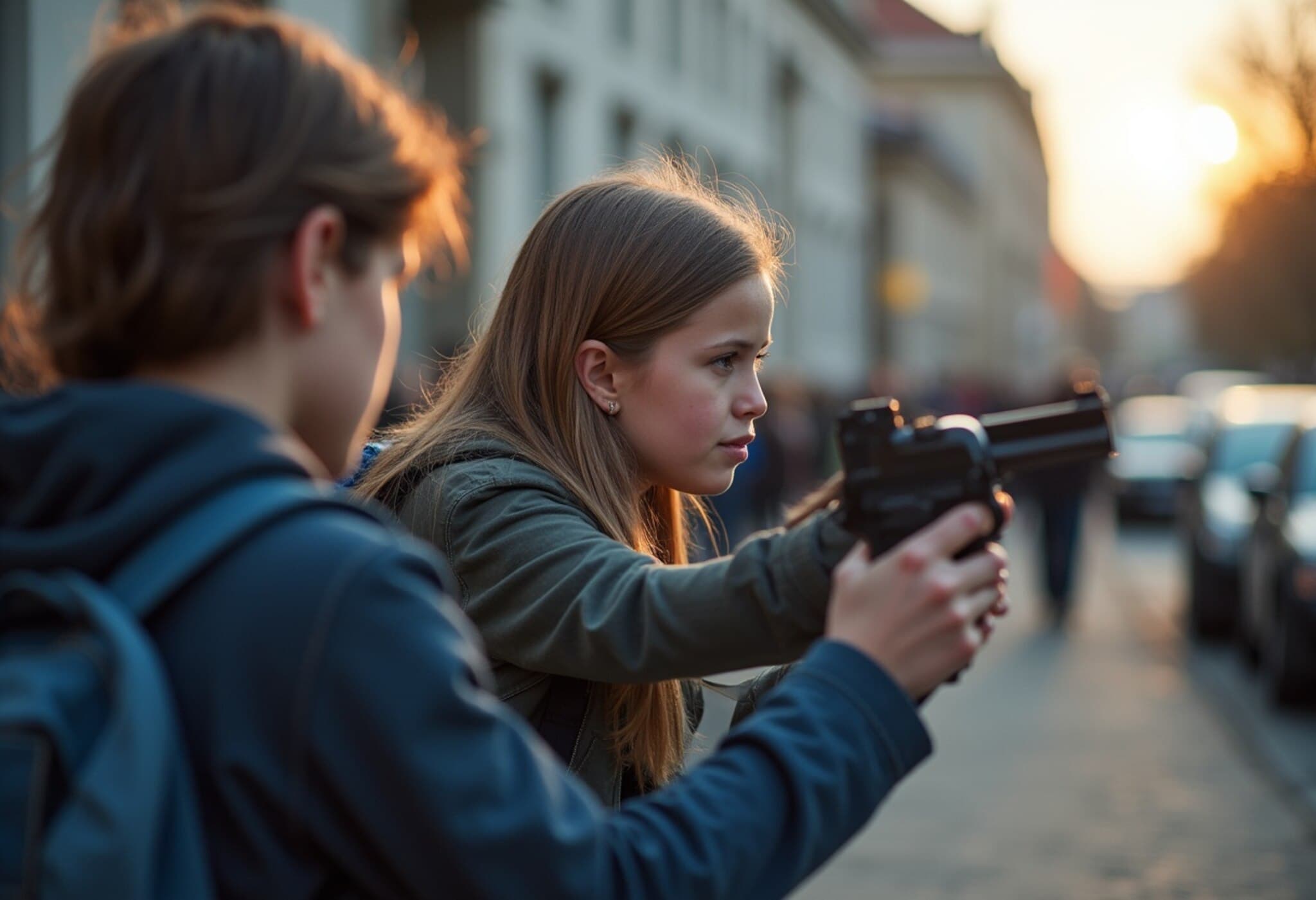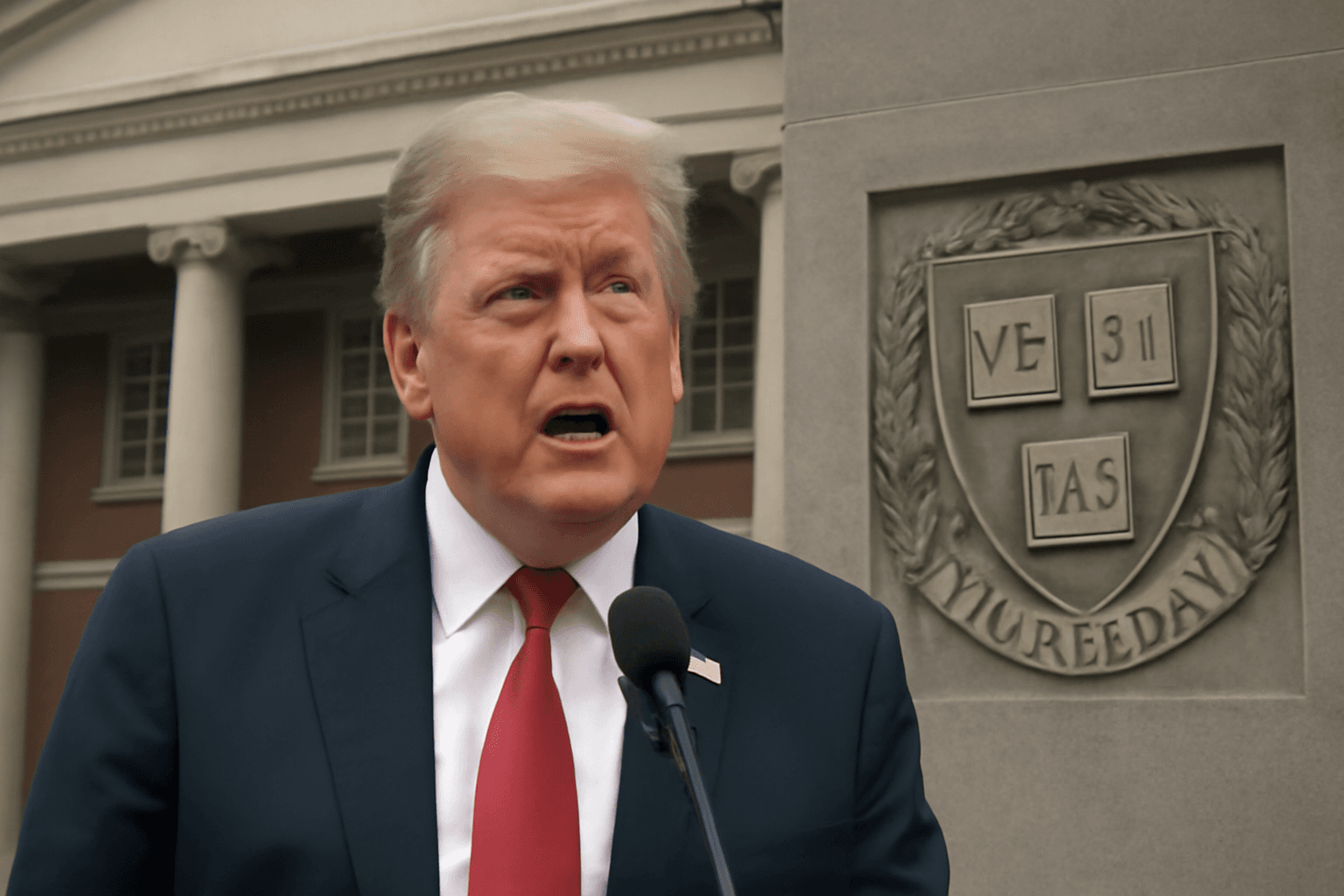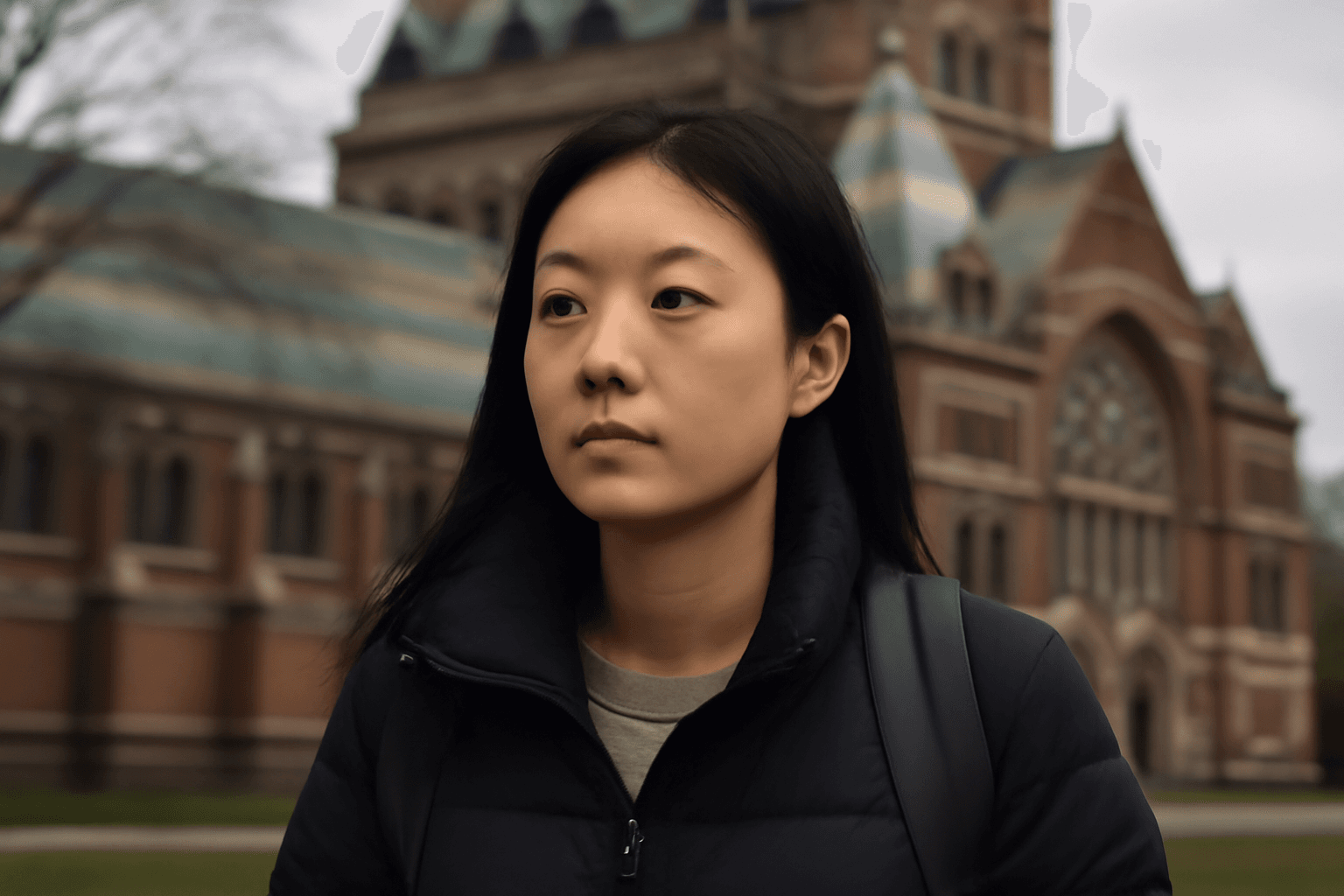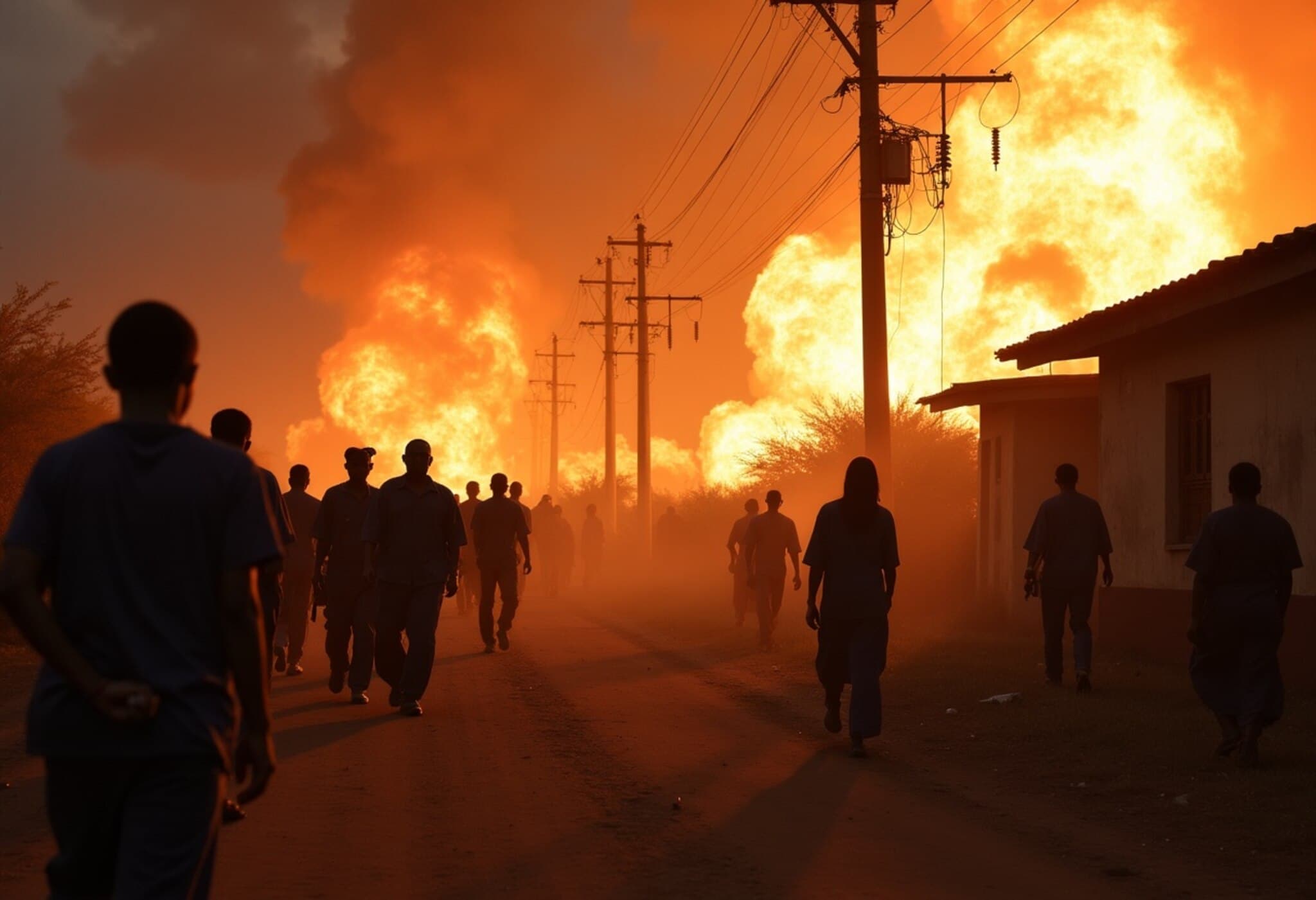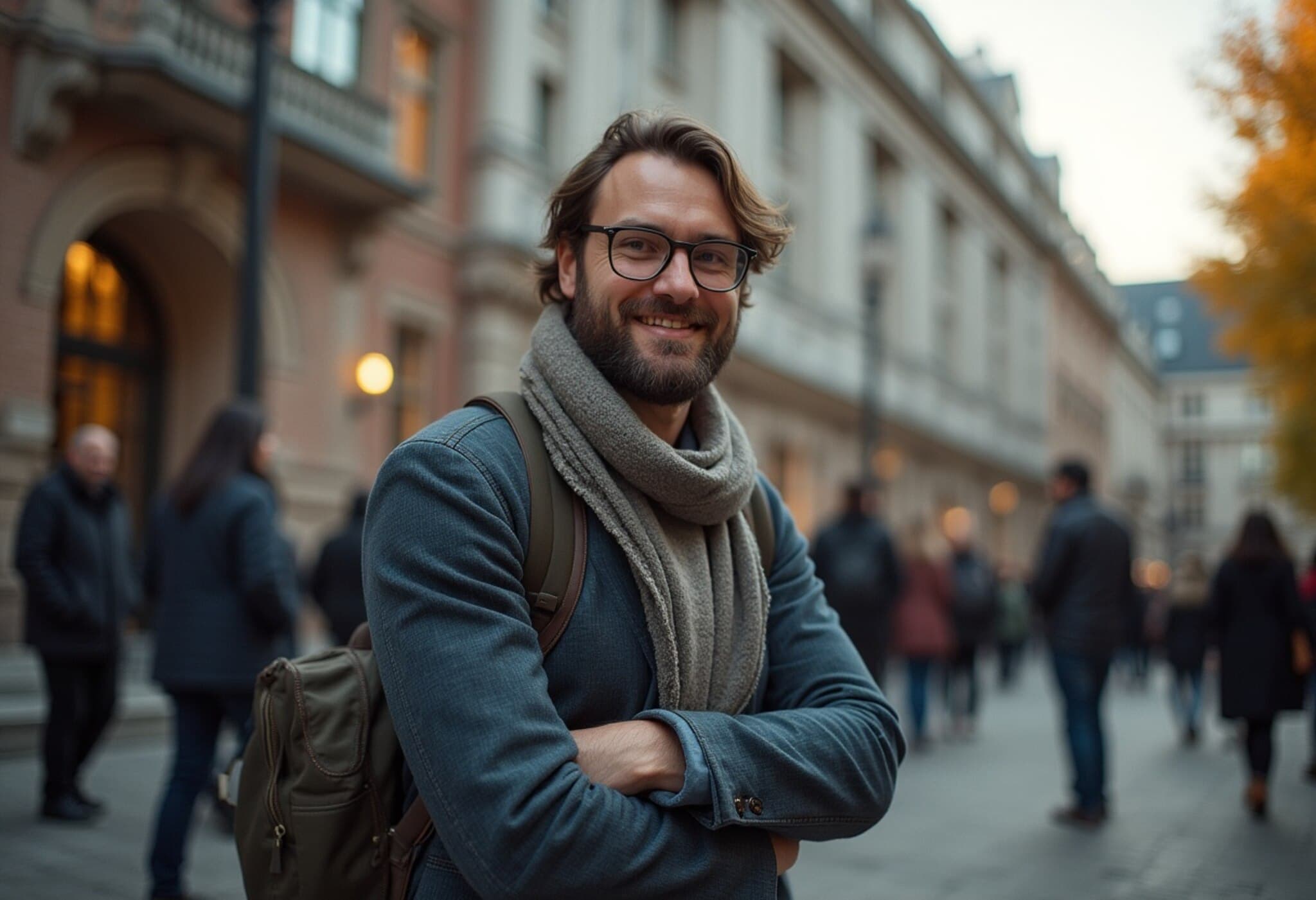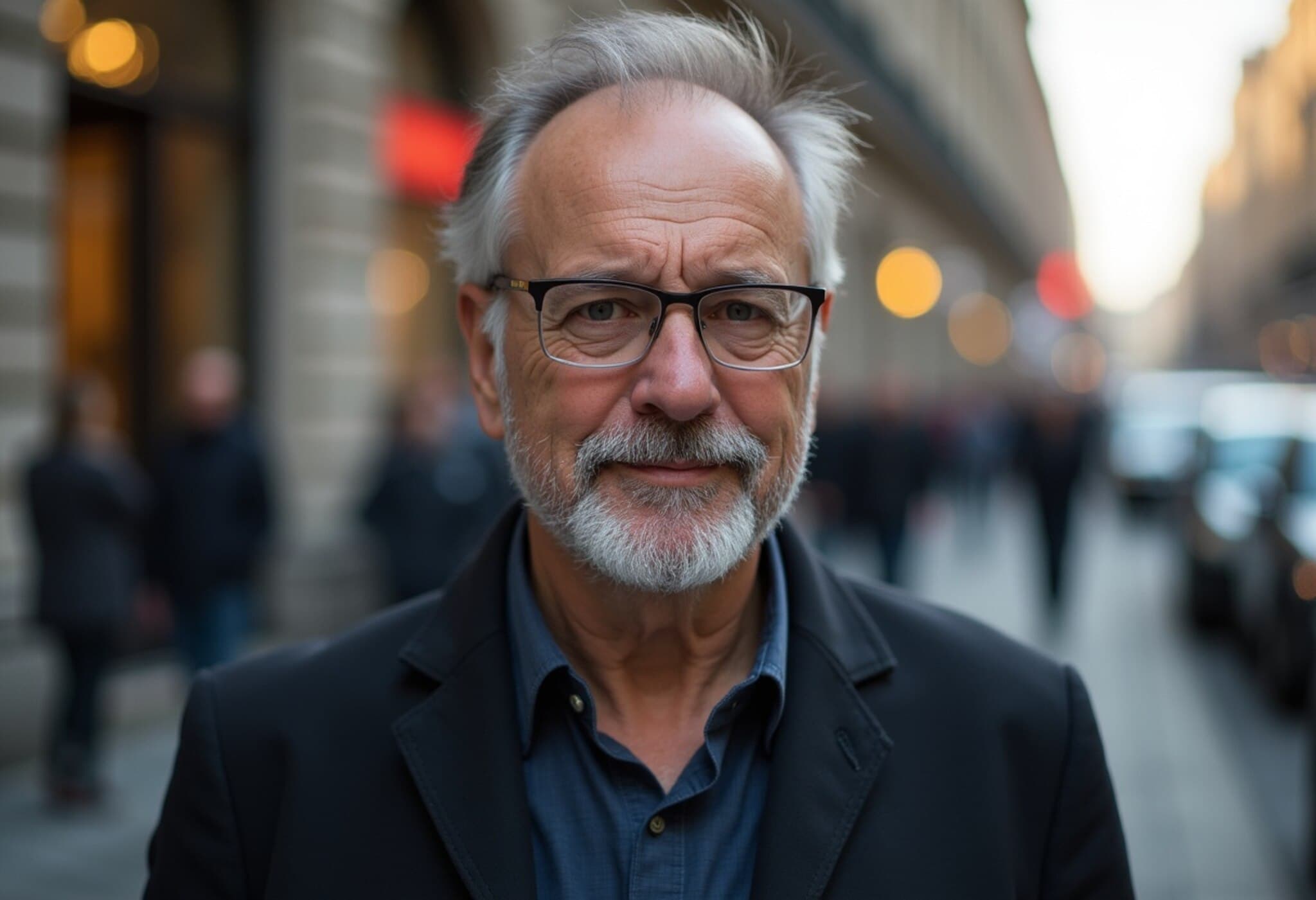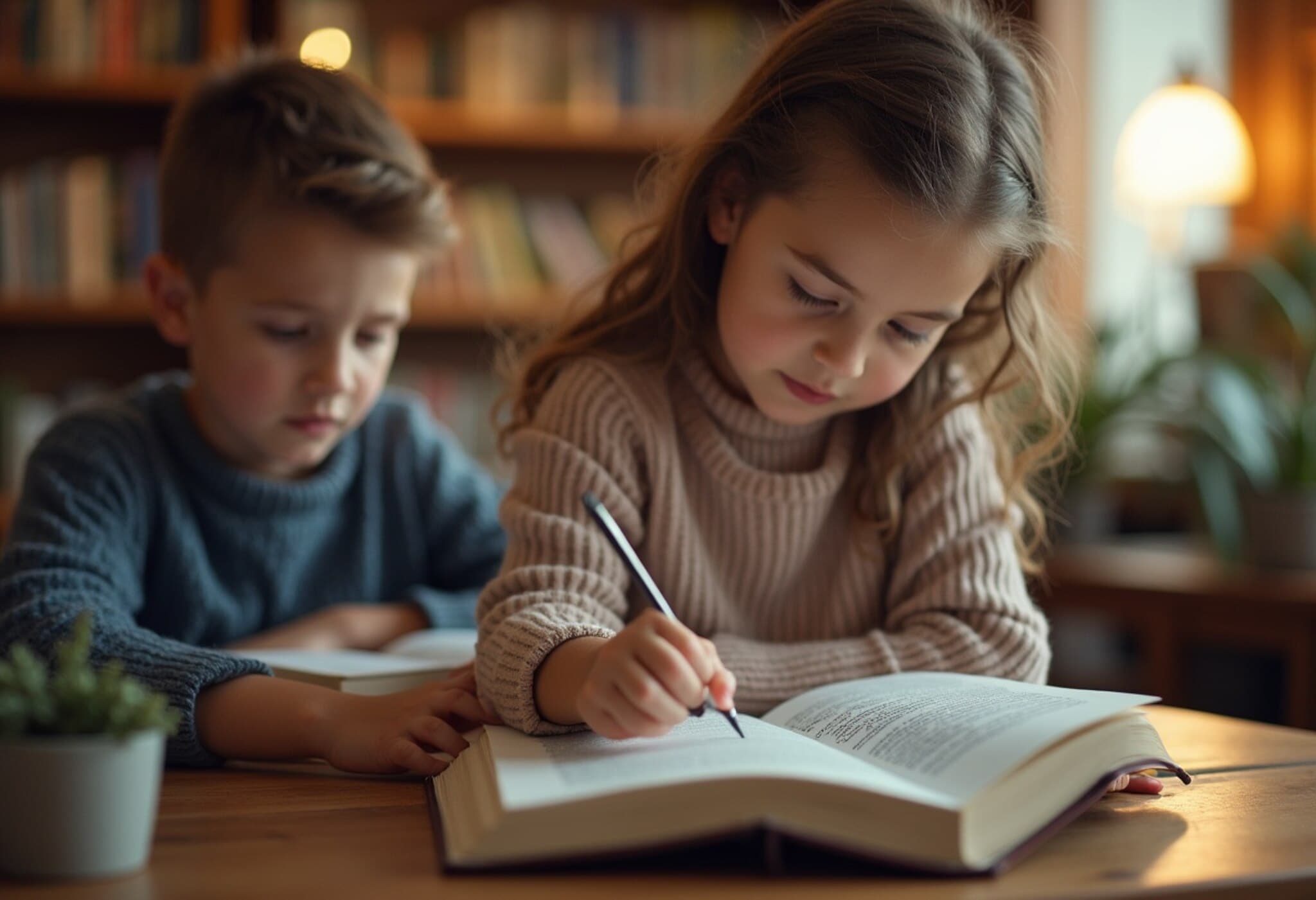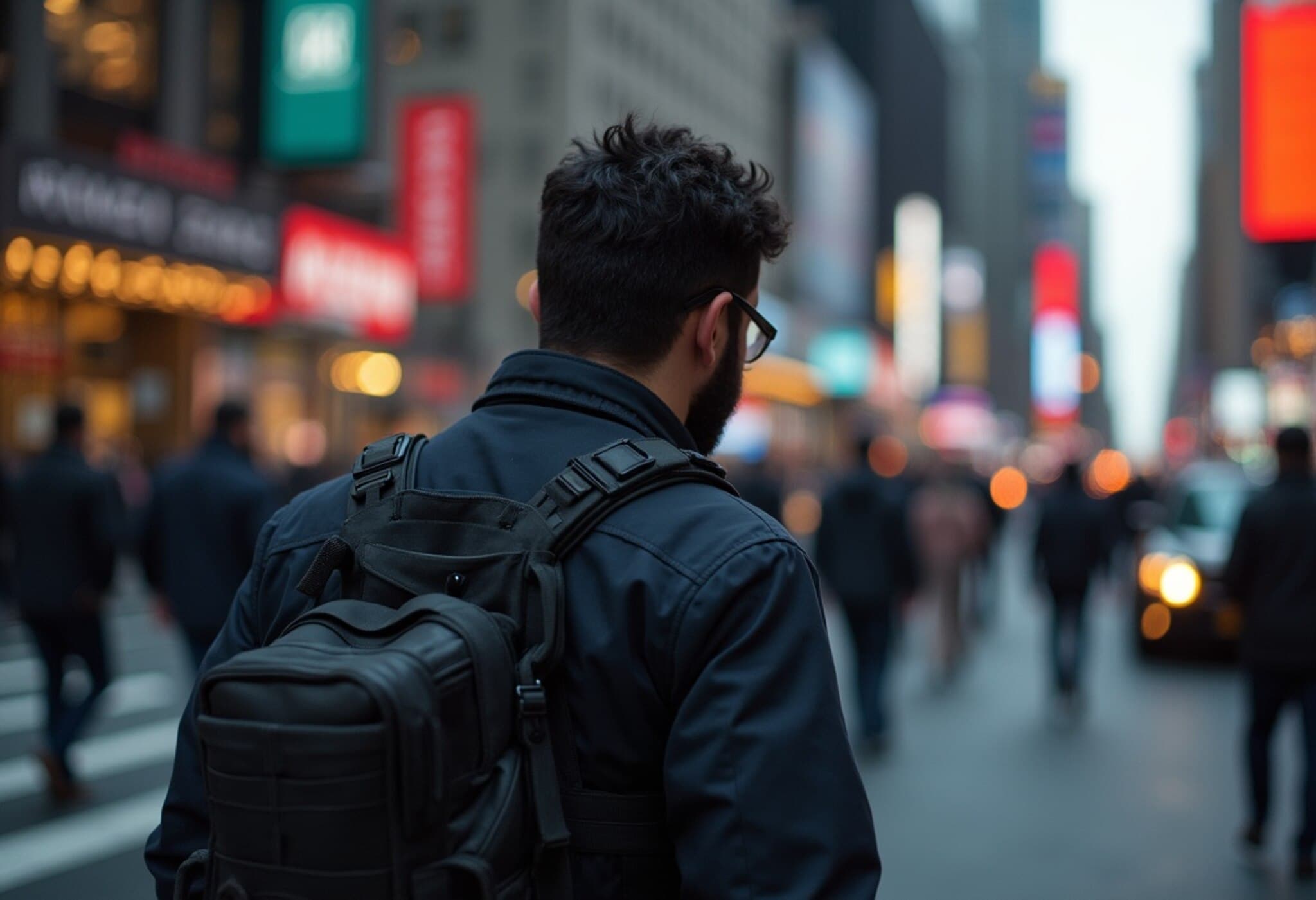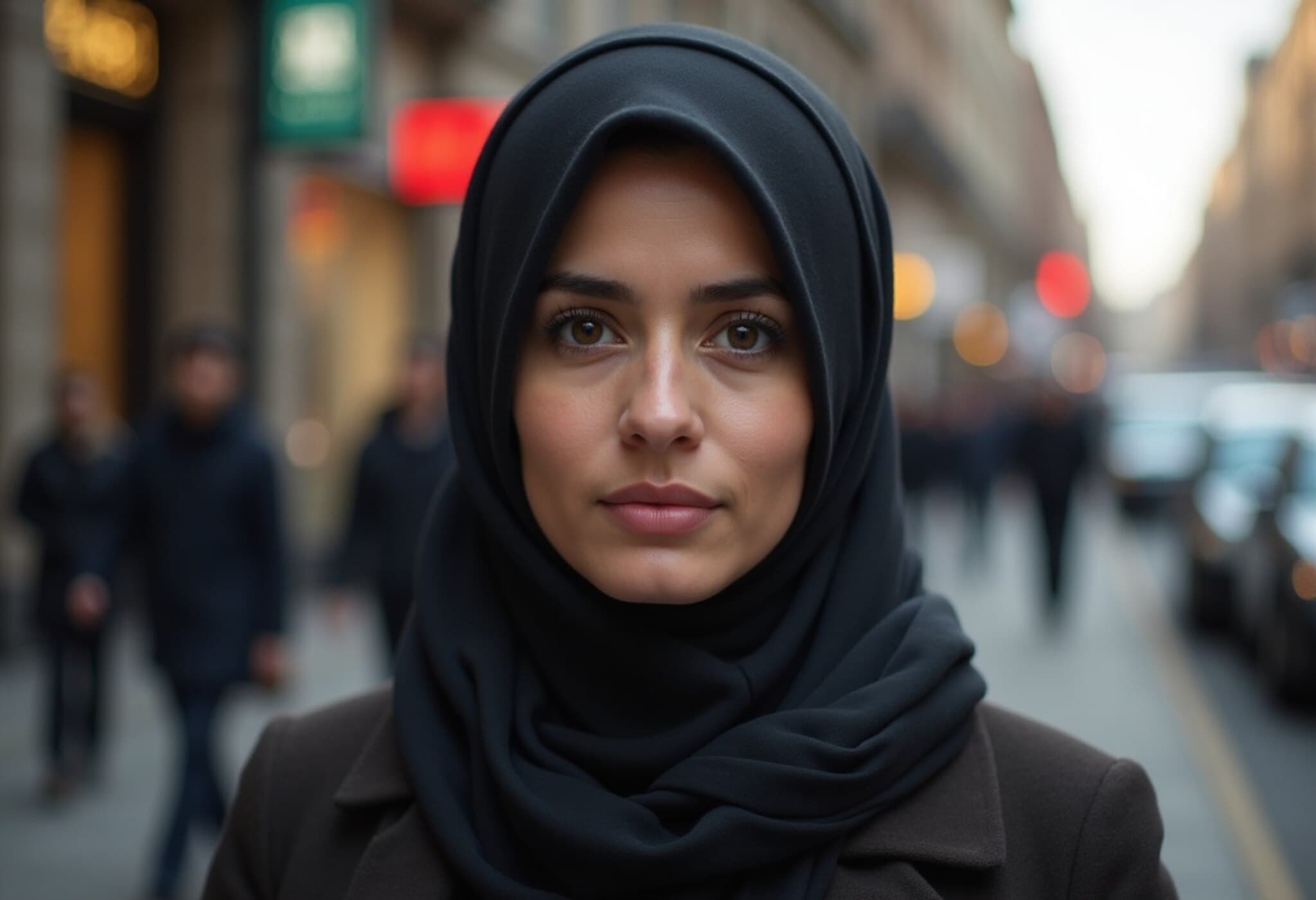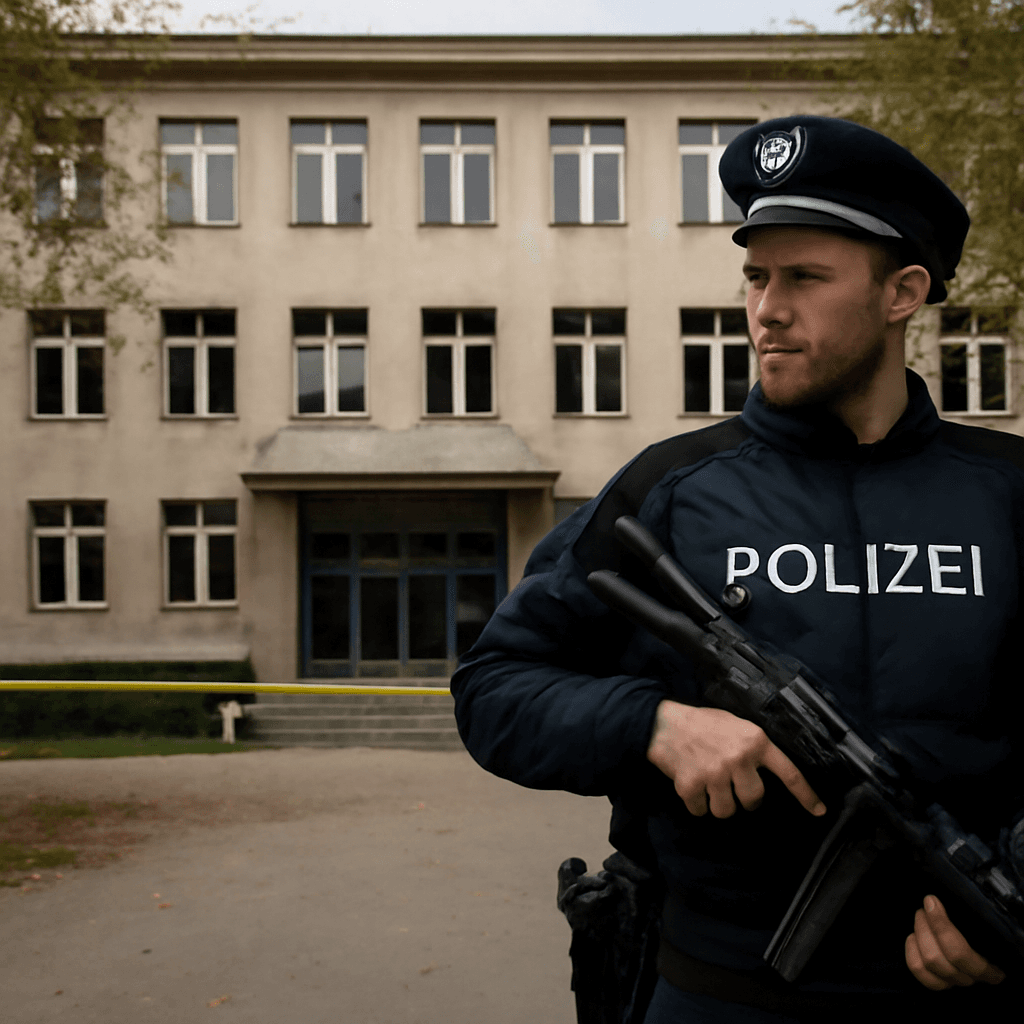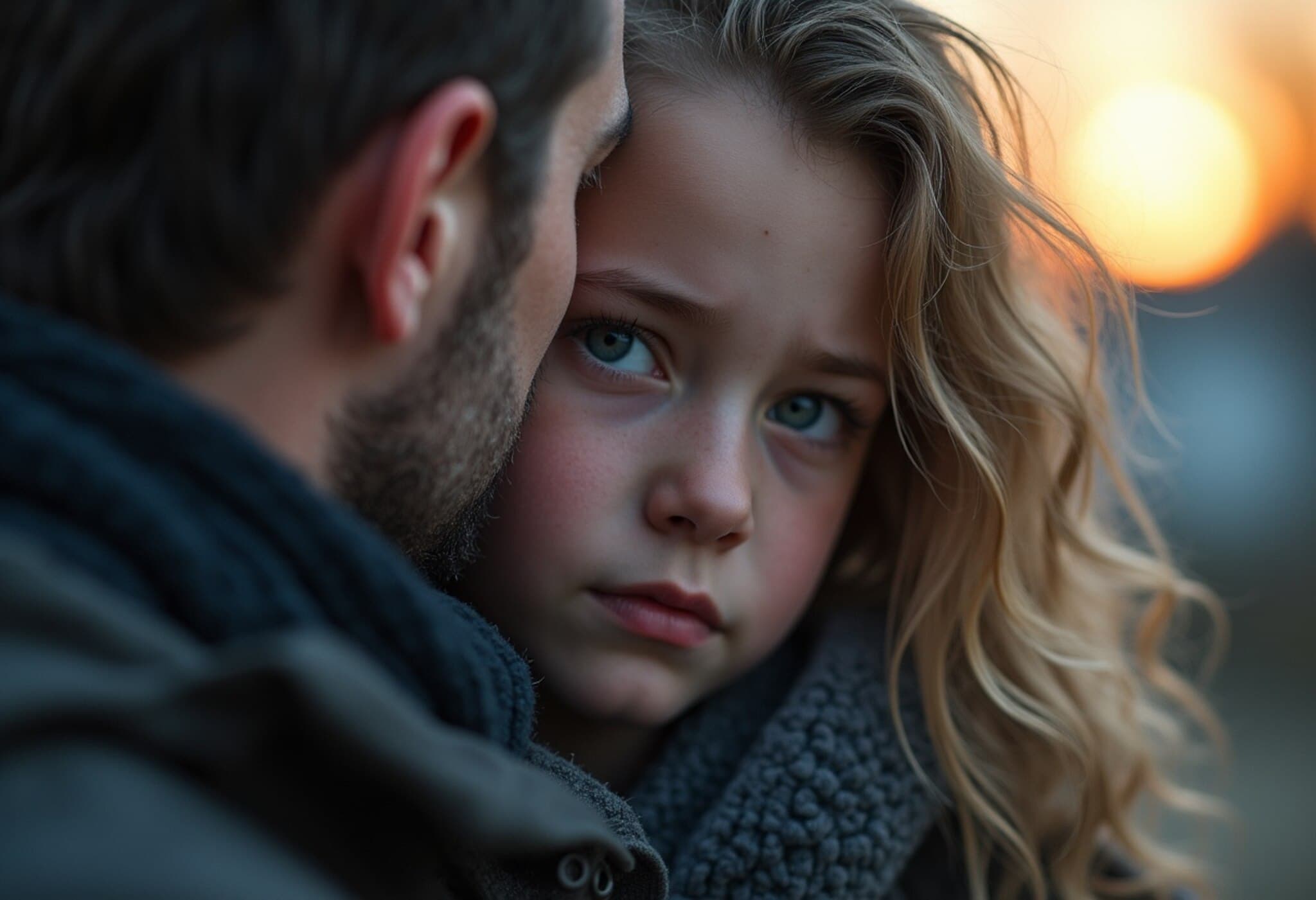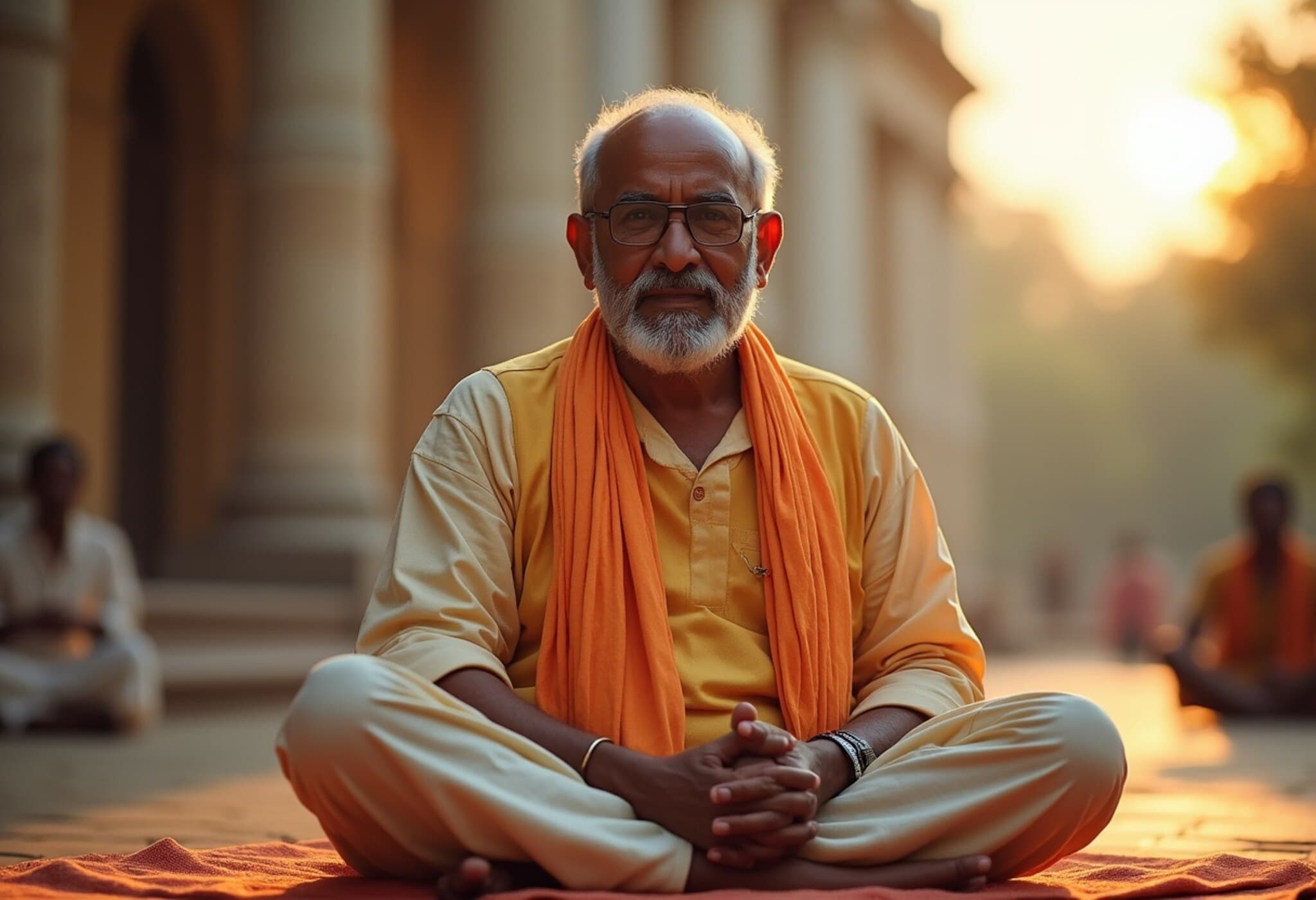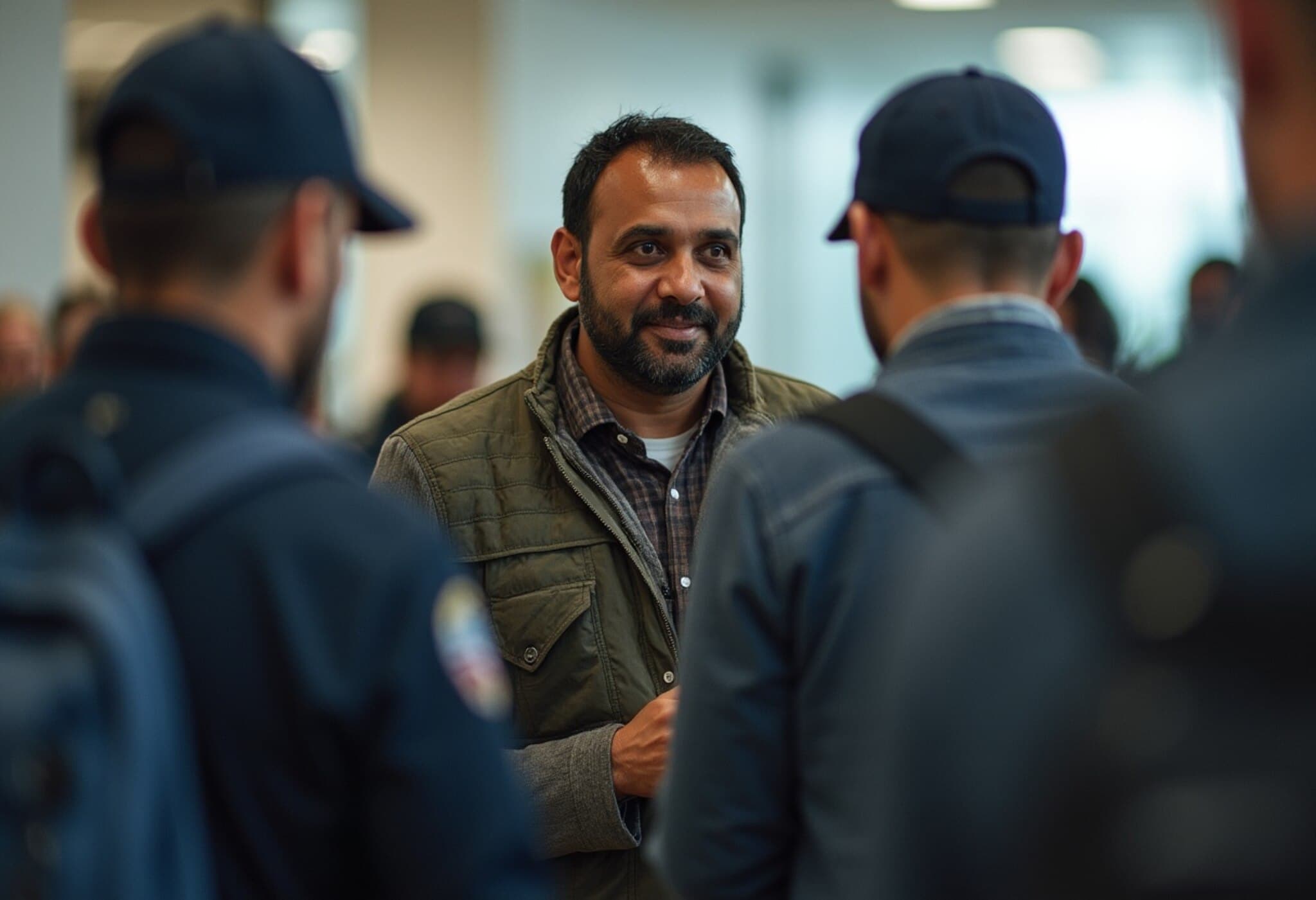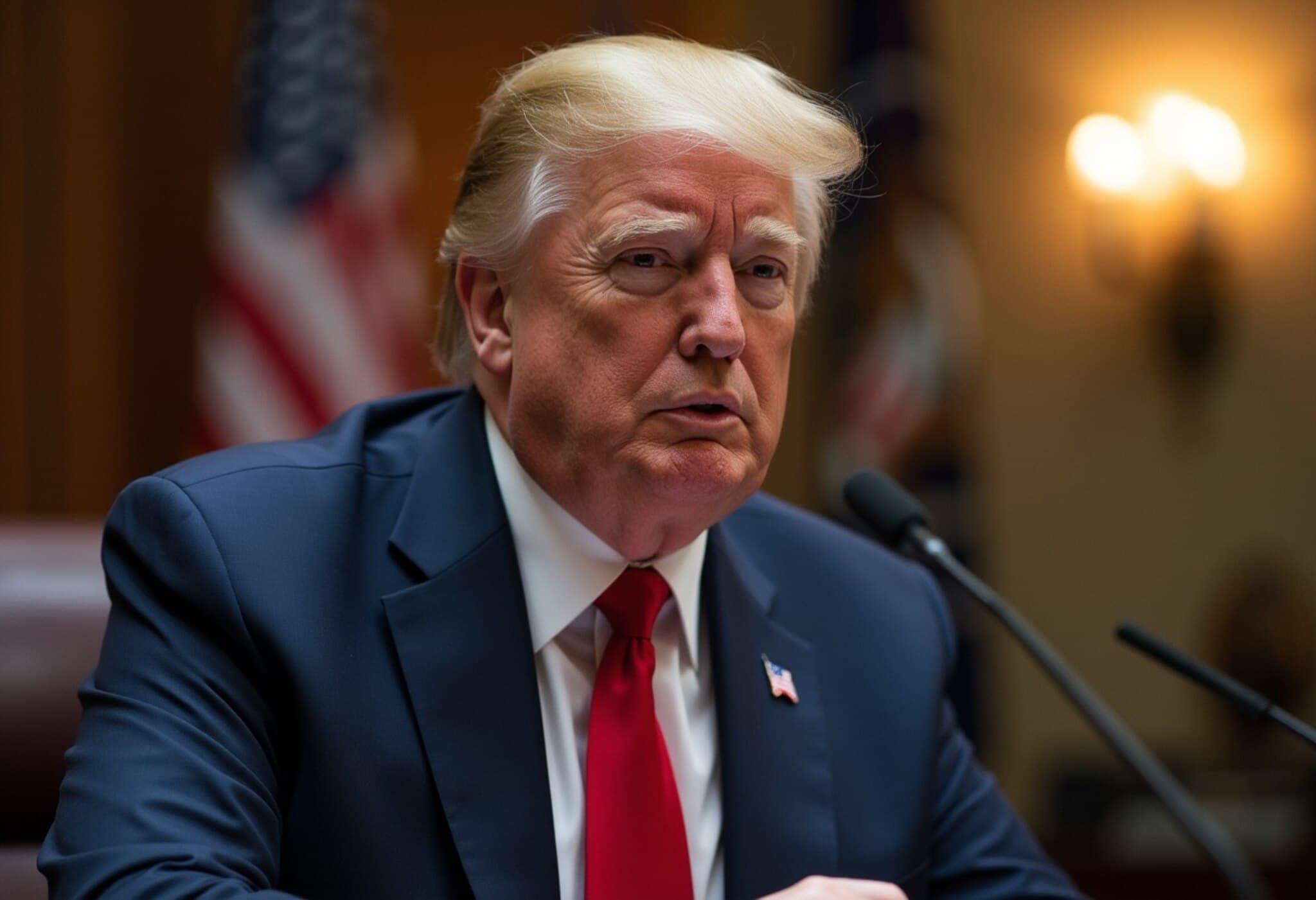School Shootings: A Worldwide Crisis No Longer Confined to America
Once considered safe havens for learning and growth, schools across the globe are increasingly becoming scenes of tragic violence. The recent shooting at a secondary school in Austria is a grim reminder that the threat of such attacks extends far beyond American borders.
Understanding the Shift: Education Spaces Under Threat
The surge in school shootings globally defies the long-standing belief that such incidents are isolated to certain regions. Increasingly, perpetrators—often young individuals grappling with complex motives, including personal grievances and mental health challenges—are turning classrooms into battlegrounds.
The Unrelenting Pattern in the United States
In the US, school shootings have become heartbreakingly routine. By mid-2025, there were already over 20 shootings reported across K–12 schools and universities. Recent years have marked some of the deadliest spikes, with 2024 bearing witness to 56 shootings that resulted in multiple fatalities and injuries.
Incidents such as the tragic attack at a Christian school in Wisconsin, where a student took the lives of a teacher and a peer before his own, along with fatal shootings in Texas fueled by bullying, underscore an alarming trend.
The widespread and easy access to firearms is at the heart of this crisis. With approximately 150 guns for every 100 residents, the US far surpasses other nations. This gun saturation, entwined with polarized political debates over control measures, complicates prevention efforts, leaving schools vulnerable.
Europe’s Emerging Challenge
Europe has traditionally maintained stricter gun regulations, resulting in far fewer school shootings. Yet recent events, such as the deadly attack in Graz, Austria—where a former student armed with legally obtained weapons killed 10 people before taking his own life—signal a troubling shift.
Countries like Germany, Sweden, Serbia, and Czechia have also experienced similar tragedies in recent years. For instance, Serbia struggled with two horrific shootings in 2023, involving young perpetrators who accessed firearms from home. These incidents spurred governments to tighten firearm laws, but challenges remain.
A tragic shooting in Sweden’s Orebro in early 2025, motivated by mental health struggles, and an unsettling attack at Charles University in Prague linked to fascination with foreign mass shootings, highlight the convergence of mental health issues and imitation influences.
Shared Factors Across Borders
Despite cultural and legislative differences, common threads emerge globally:
- Mental health struggles: Many attackers suffered from depression, anxiety, or social isolation.
- Legal access to firearms: Perpetrators often use guns obtained from family members or through legal means.
- Media influence: Exposure to coverage of previous shootings sometimes fuels copycat behavior.
This complex mix underscores critical gaps in mental health support, firearm storage laws, and preventive interventions worldwide.
Historical Context and Global Perspectives
Beyond lone actors, some of the deadliest school attacks have roots in terrorism, like the 2004 Beslan siege in Russia and the 2014 Peshawar massacre in Pakistan, which caused hundreds of deaths and were politically motivated.
Europe’s experience with shootings over the past two decades led to legislative reforms, including bans on certain firearms and mandatory psychological assessments for gun applicants. Yet, as recent events illustrate, these steps, while vital, cannot fully eliminate risks.
Prevention Efforts and Their Limits
Globally, governments and schools have ramped up safety measures. In the US, metal detectors, armed guards, active shooter drills, and threat assessment teams have become commonplace. Meanwhile, European nations are balancing legal reforms with mental health initiatives.
However, these interventions often fall short, sparking concerns about turning educational spaces into highly securitized zones, which may harm the natural learning environment and fail to address root causes.
The Human and Societal Costs
The aftermath of school shootings extends well beyond immediate casualties. Survivors frequently face long-lasting trauma such as PTSD and depression. Families endure emotional and financial strains, while communities struggle to heal.
Moreover, the shadow cast over educational institutions diminishes attendance, lowers academic achievement, and increases teacher attrition. This erosion of trust poses a profound challenge for schools worldwide.
Looking Ahead: A Global Call for Awareness and Action
As school shootings rise internationally, it becomes painfully evident: no country is immune. The combination of accessible firearms, untreated mental health issues, and social isolation forms a dangerous breeding ground for violence, transcending borders.
Addressing this crisis demands more than reactive security measures; it requires comprehensive strategies integrating mental health support, responsible gun ownership, community engagement, and thoughtful media responsibility. Only then can schools reclaim their role as safe places for education and growth.

